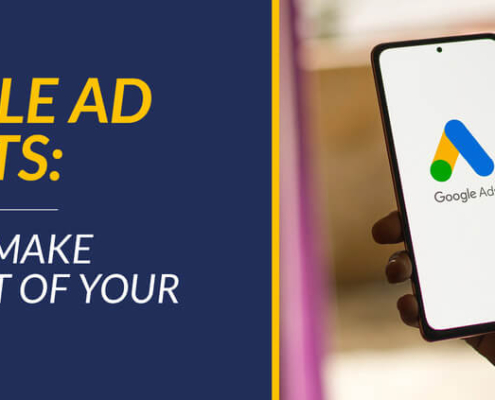
Google Ad Grants: How to Make The Most of Your Free Ads
Imagine having $10,000 each month to get your nonprofit in front…

How to Grow Your Nonprofit’s Credibility Through Compliance
Nonprofits are subject to numerous state and federal regulations.…

13 Matching Gift Operational Stats: Top Nonprofits’ Insights
There are millions of established nonprofit organizations, and…

Digital Marketing for Nonprofits Made Easy: A Helpful Guide
Pretty much everything takes place on the internet these days:…

A Quick Guide to Compiling Donor Prospect Profiles
When it comes to finding new donors for your nonprofit, identifying…